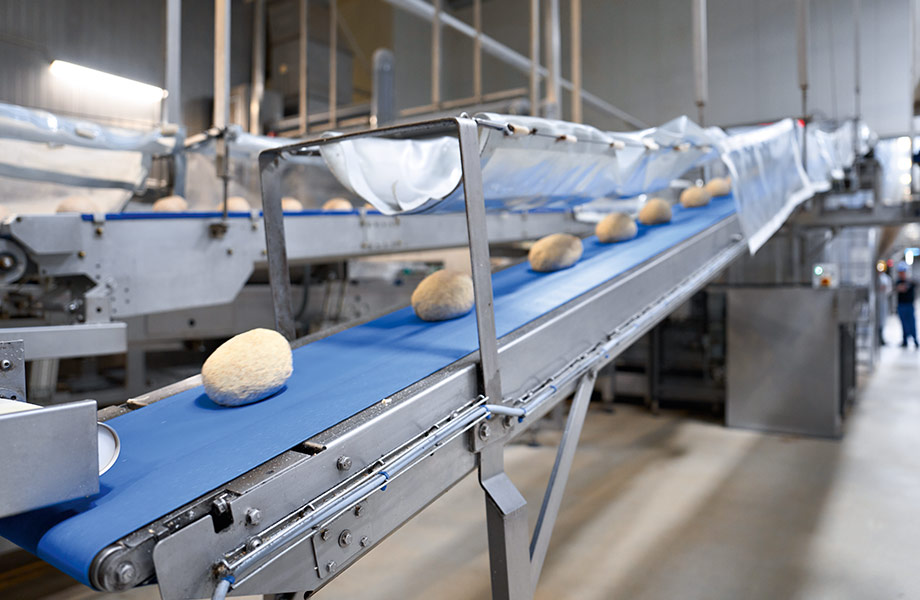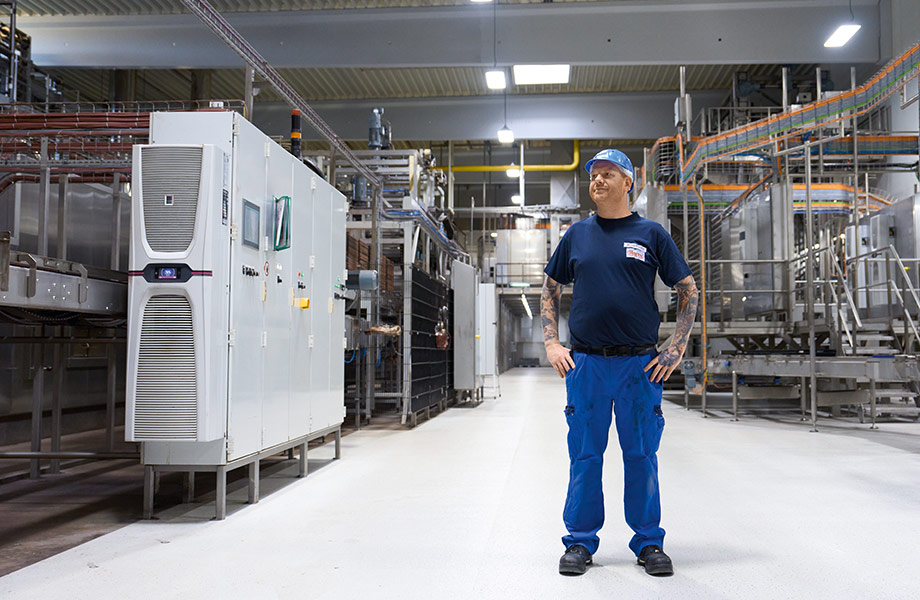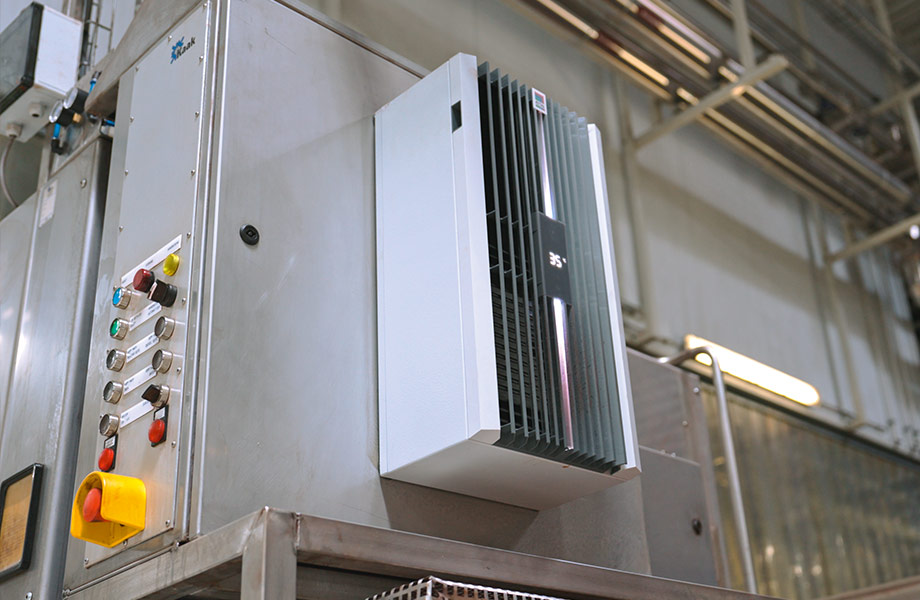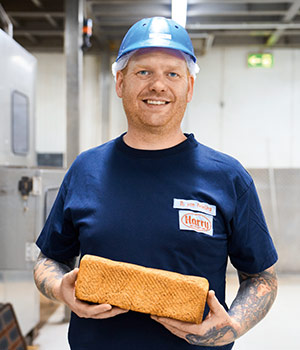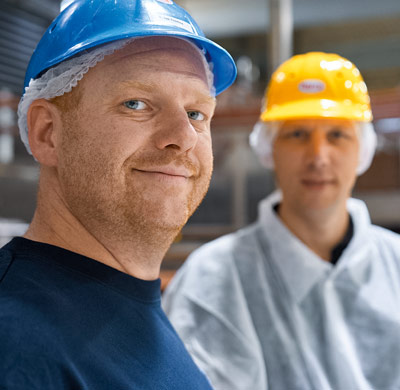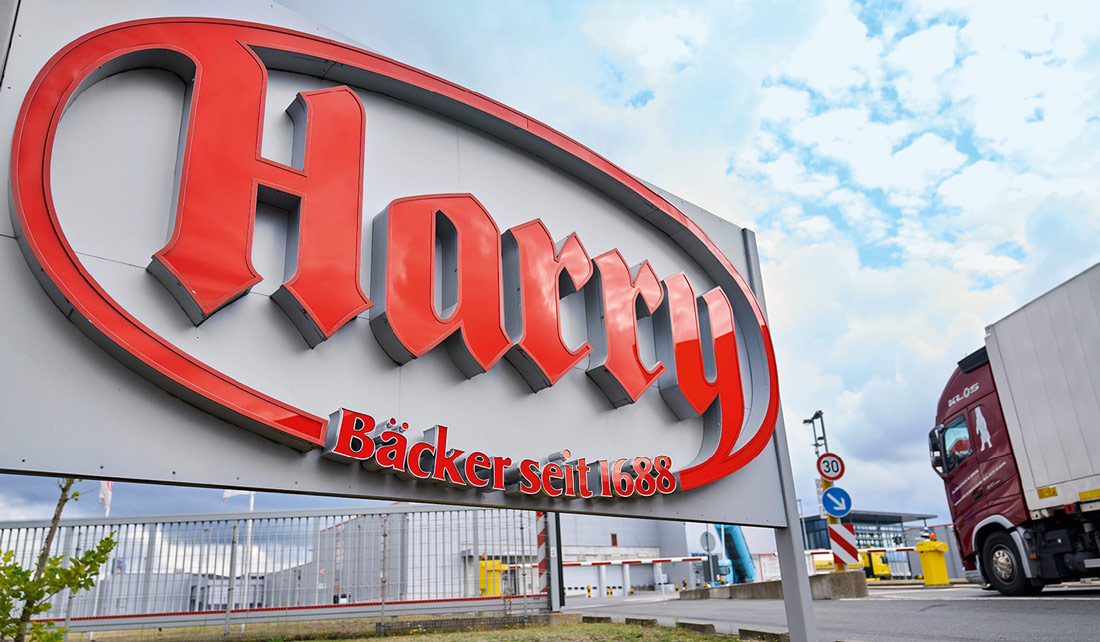Wonderful aroma of bread fills the air. Every day, the ovens at Harry-Brot in Soltau turn out products including some 180,000 sandwich loaves. Freshly baked, they make their way through the production section and are then packaged and loaded into lorries to embark on their journey to supermarkets across Germany. The country’s biggest manufacturer of bakery products is a household name, with a range that includes everything from brown and wholemeal bread to sliced loaves for making toast and sandwiches.
The magazine of Friedhelm Loh Group
The magazine of Friedhelm Loh Group
